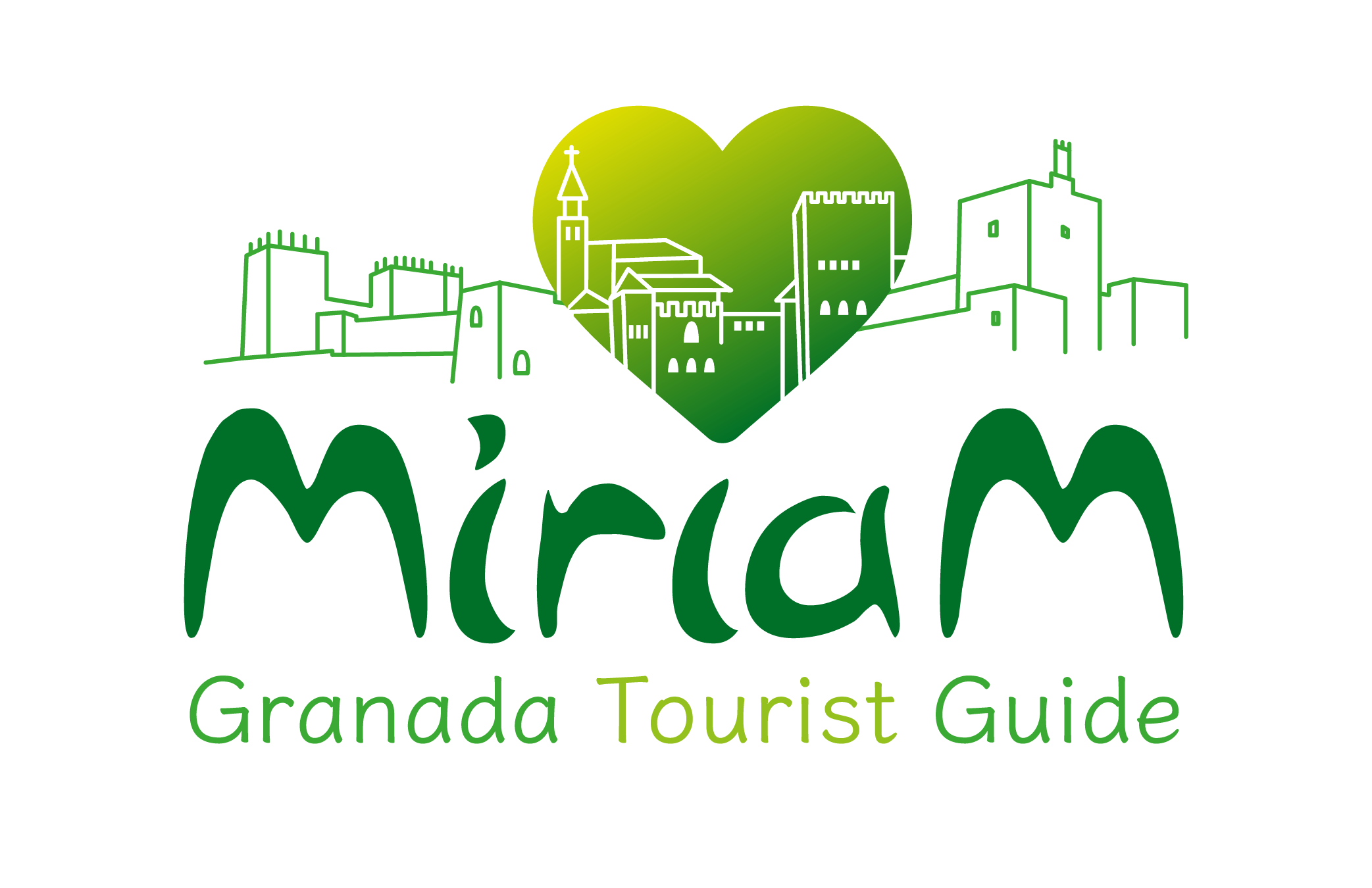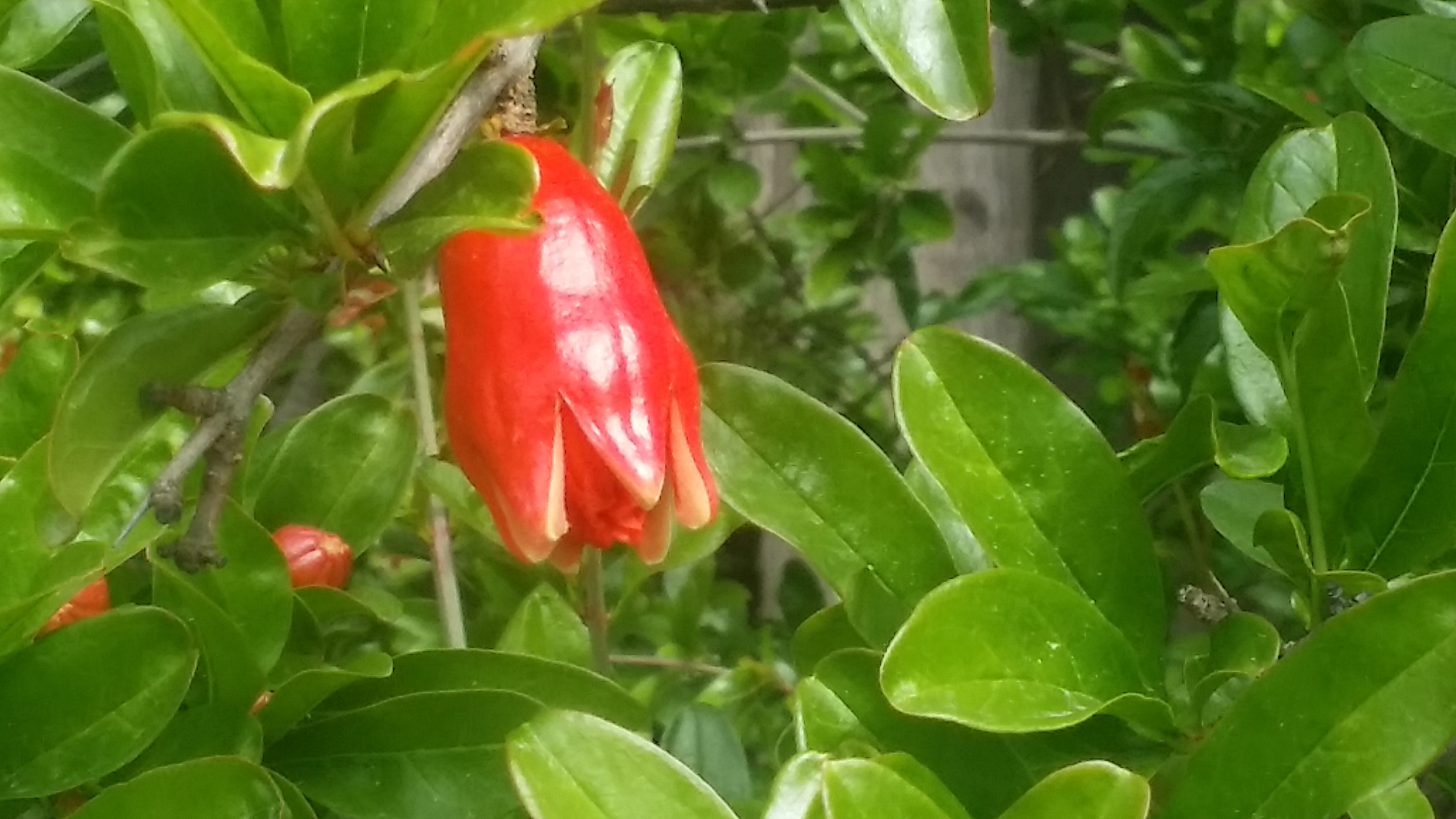Pomegranate, Punica granatum L has two different meanings. Romans called it “Carthage’s Apple” because the name comes from the Latin term malum punicum. It means pomegranate. Another author states that it comes from the Latin Word puniceus. It means red, which is the color of the flowers. Furthermore, the specific ephitet granatum means “with many grains”.
It is a small tree with bright red flowers. The fruit is about the size of an orange with thick skin, but edible and in the interior is filled with many fleshy seeds.
The promegrante has been used in natural and holistic medicine to treat sore throats, coughs, urinary infections, digestive disorders, skin disorders, arthritis, etc.
Modern research suggests that pomegranates might to be useful in treating such serious conditions as prostate cancer, skin cancer, osteoarthritis and diabetes.
The fruit is low in calories. It stands out for its contribution of minerals like potassium, magnesium, manganese, zinc, copper, phosphorus, iron, and vitamins (A, C and of the group B), besides fiber. This fruit contains a high level of antioxidant.
It is native to south-eastern Asia, from the Balkans to the Himalayas. However, the Berbers brought the fruit to Spain. They cultivated it in vegetable and ornamental gardens.
Table of Contents
The different symbolisms
The pomegranate fruit has many symbolic meanings. In Islam it is considered to be one of the trees of Paradise. For ancient Arab traders, the pomegranate was the symbol of “Fluid of Life”— the mother’s breast.
On the other hand, the pomegranate is mentioned or alluded to in the Bible many times. It symbolizes fruitfulness. Jews consume pomegranates on Rosh Hashana because they believe that every single pomegranate has 613 seeds, which corresponds with the 613 commandments of the Torah.
Do you know the meaning of the pomegranate fruit in Spanish?
The influence of the pomegranate fruit in our city is very important. Our former capital name and Nazarí Kingdom in the Middle Ages was Granada. The word pomegranate fruit in Spanish is Granada.
Now, it is the name of our city and our province. The fruit was included in the first Coat of Arms used in Spain by Isabella I of Castilla and Ferdinand II of Aragon after the conquest of Granada in 1492. Today, the symbol is in Grenada’s Coat of Arms.
If you want to learn more about Granada, book a private guided tour with Miriam Tourist Guide.




Comment (0)